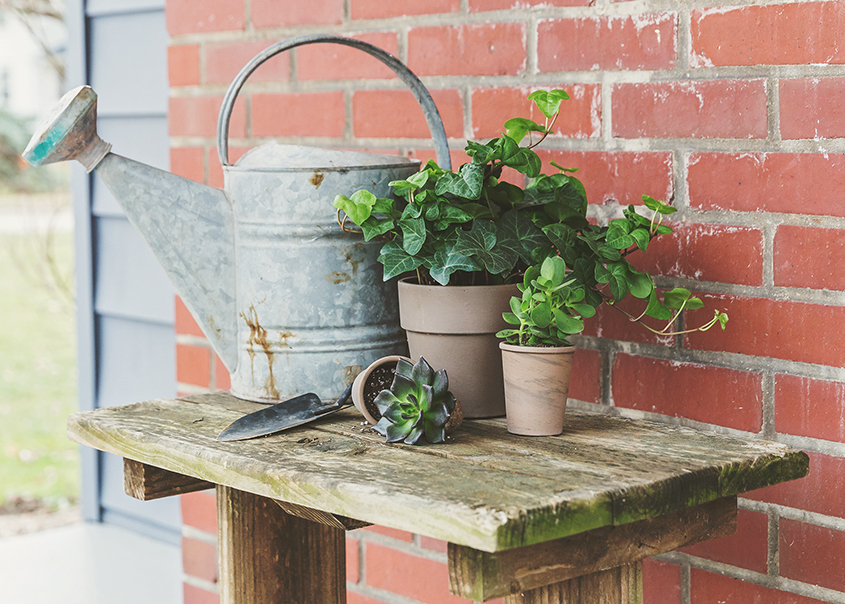Save the Bees and the Planet for Earth Day
Every year on April 22, we celebrate ways to protect our planet. This year’s focus is on endangered species, including bees! We absolutely need bees and other pollinating insects to survive, but many modern factors have harmed the bee population. Our busy bees have landed on the endangered species list, and this is a real problem.
Endangered Bees
According to the Earth Day Network, 25% of wild bee species in the United States are in danger of extinction. Over the past decade, beekeepers have reported hive losses of 30% or more, which is an unsustainable loss for bee populations.
What’s causing this devastating loss to the bee populations? Unfortunately, it’s mostly human-driven causes. Climate change, habitat loss, and use of neonicotinoid pesticides and other pesticides are large drivers of the declining bee population. Additionally, bees can fall prey to disease, pests, and mold that damage their homes and impact their overall health.
Pro tip: We don’t use neonicotinoids on our foliage and succulent plants, so Wild Interiors® is a bee friendly brand you can count on!
Why We Need Bees
Bees and other pollinators are important for our ecosystem and food chain. If we don’t have pollinators, we don’t have flowering plants, and that includes nuts, fruits, and vegetables!
Here are some key facts from the Earth Day Network:
90% of flowering plant species depend on insect pollination
A colony of 25,000 forager bees can pollinate 250 million flowers per day
Flowering plants provide habitats for other insects and birds
The health and viability of crops and native plants declines as pollinator populations decline
Crops pollinated by bees account for $577 billion in the global economy
Pollinators help produce a third of the food consumed in the United States, to the tune of $24 billion worth of food for the U.S. agriculture industry
You could say that bees are a pretty big deal.
How to Help
For starters, help plant flowers and other plants that help pollinators. The Honey Bee Conservancy’s guide is excellent to get you started. Their tips help you select flowers that produce the most food for bees.
PS. Don’t kill those dandelions! They may appear to be just weeds, but they’re actually one of the first food sources for bees in the spring.
Avoid spraying pesticides on your lawn and garden, and check at garden centers to see if your plants have been sprayed with neonicotinoid pesticides, which have been specifically linked to declining bee populations.
Encourage bee-saving legislation, like the Pollinator Recovery Act and Endangered Species Act.
Other Earth Day Tips
In general, there’s so much you can do to live a more Earth-friendly lifestyle. Check out some of these tips to make every day Earth Day.
Switch to energy-efficient appliances and fixtures like faucet aerators and light bulbs
Carpool or use public transportation to get to work
Walk or ride a bike for local errands or just to get around town
Use non-toxic cleaning products
Participate in local nature clean-up events
Reduce your dependence on single use plastics, if you can
Reduce waste: recycle, go paperless, opt out of junk mail, and switch to cloth/reusable products for the kitchen
Participate in a local CSA (Community Supported Agriculture) share to support local farms instead of imported veggies with a higher carbon footprint
Explore more tips from the Earth Day Network!
Go Green
We can’t wait to see the ways you go green this Earth Day. If you plant a pollinator garden, we want to see it! And if you pick up a bee-friendly Wild Interiors houseplant anytime soon, tag us @wild_interiors on Instagram for a chance to get regrammed on our feed or story.

